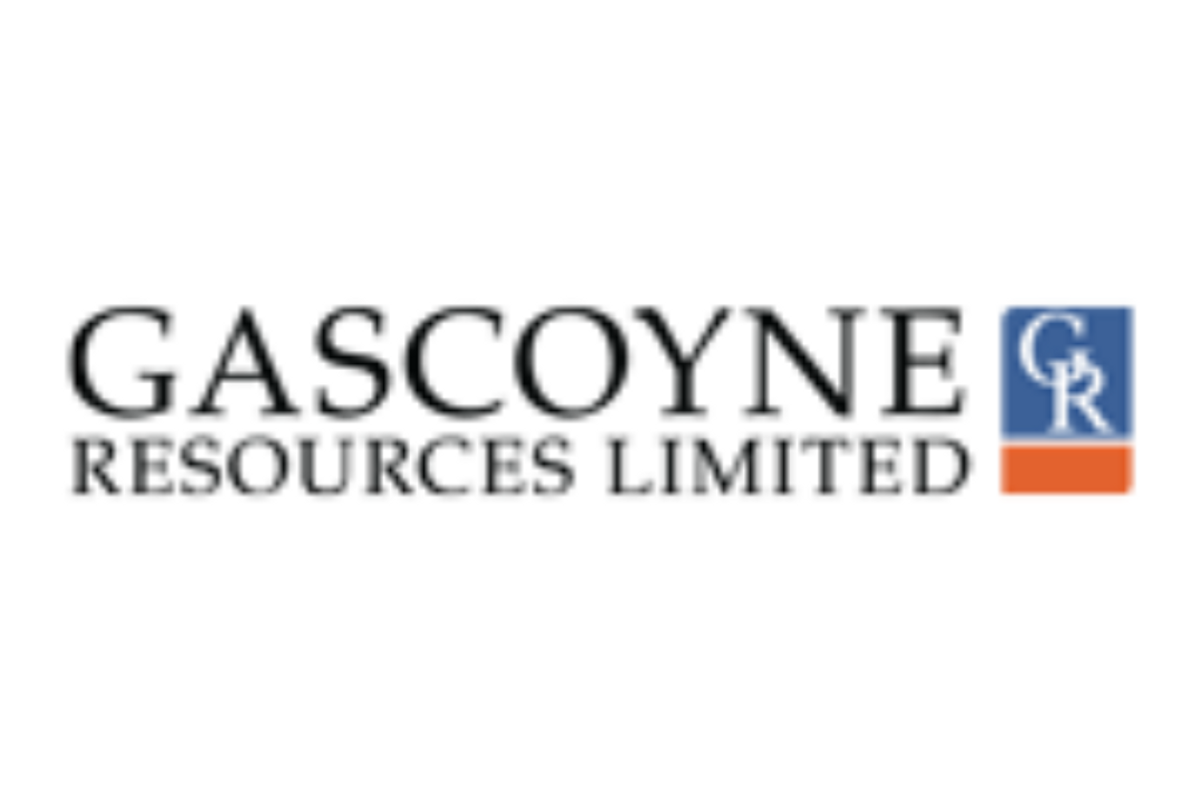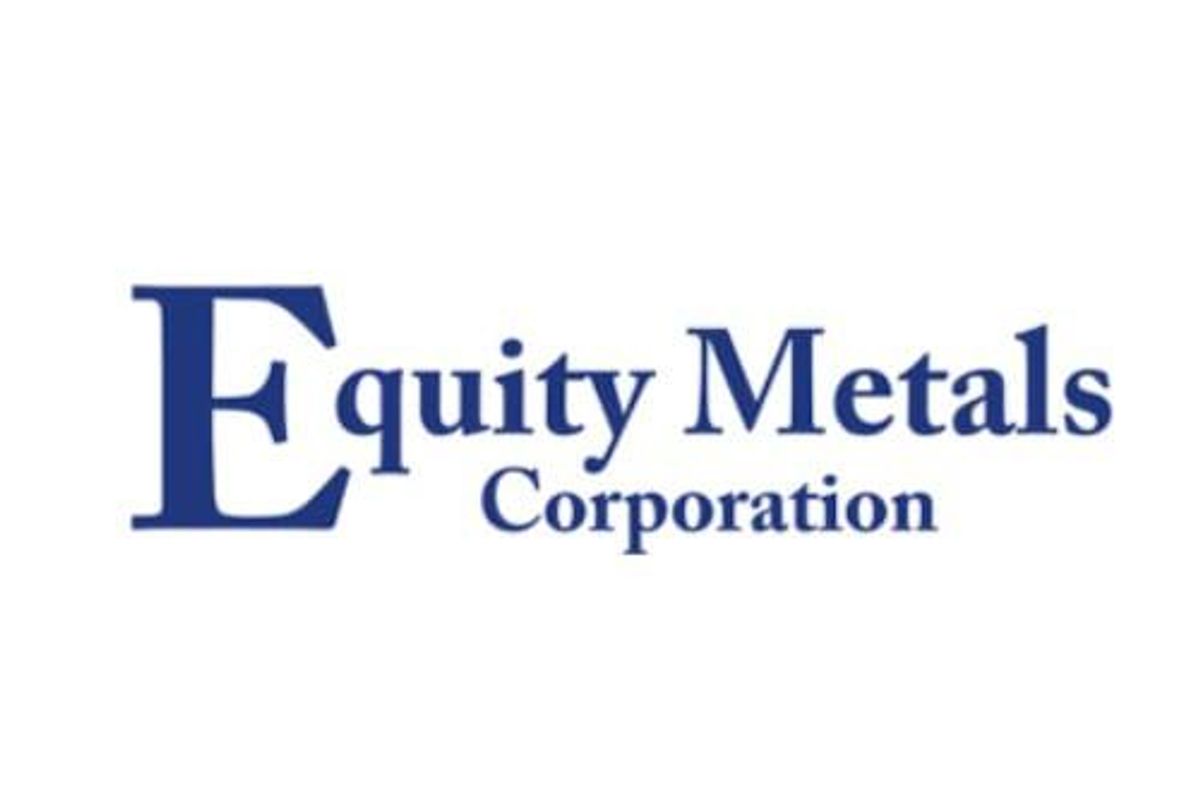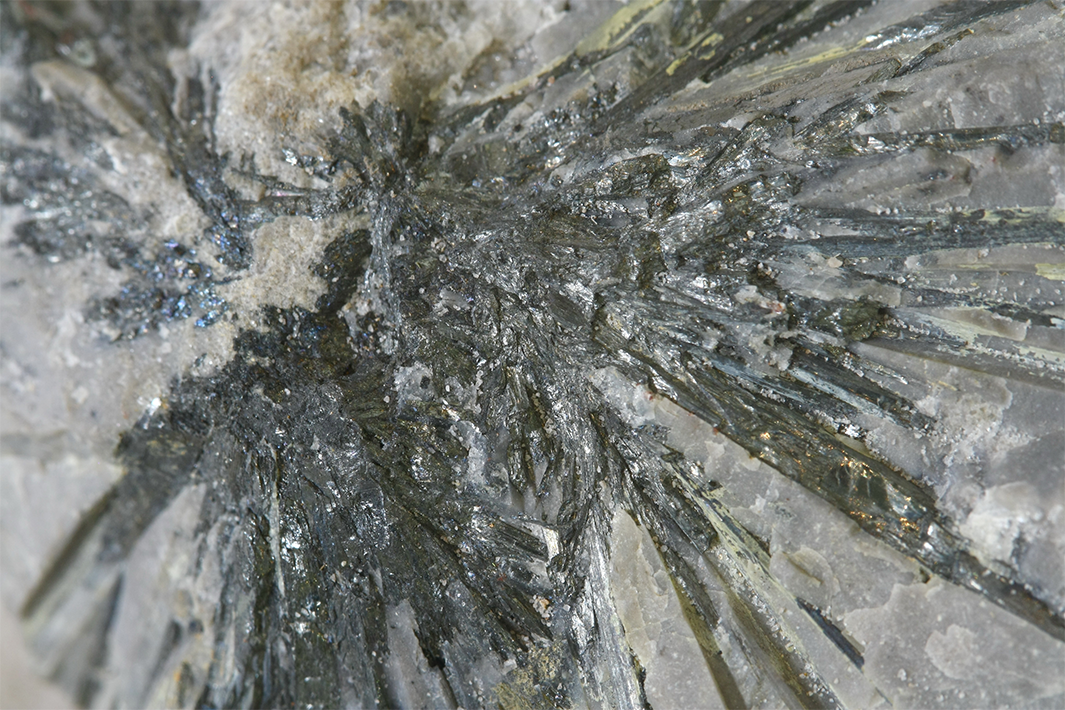
May 29, 2023
+92% overall metallurgical recoveries with a high gravity component & leach kinetics aligned with the “fit-for-purpose” Dalgaranga CIL process plant
Gascoyne Resources Limited (“Gascoyne” or “Company”) (ASX: GCY) is pleased to report metallurgical testwork results for the high-grade Never Never Gold Deposit at its 100%-owned Dalgaranga Gold Project in Western Australia.
Key Points:
- Metallurgical recovery testwork conducted on samples from across the Never Never Gold Deposit show that Never Never high-grade material – being mineralised material that could reasonably be expected to be mined– shows:
- Average 92% overall metallurgical recovery in oxide material, with fresh material averaging above 94% through a standard gravity/Carbon-in-Leach (“CIL”) process flowsheet.
- Overall gravity recoveries or Gravity Recoverable Gold (“GRG”) averages 20% in the oxide material and 34% in fresh material through a standard gravity concentration flowsheet.
- Overall leach kinetics illustrates that more than 90% of the gold contained in high- grade material in CIL feed leaches within 48hrs.
- In addition, testwork on the Never Never high-grade material also shows that there are:
- No material or significant recovery issues from any typical “deleterious elements”, such as copper, lead, zinc, nickel or arsenic in the high-grade material.
- No material, or significant recovery issues from any “preg-robbing” material, such as carbonaceous material in graphitic shale.
- Analysis of the 5-year-old 2.5Mtpa Dalgaranga Processing Plant (“DPP”) shows:
- The existing CIL process plant flowsheet is well suited in its current configuration to process the Never Never high-grade material.
- The comminution circuit is suitable for processing the Never Never high-grade material with upgrades as indicated in the original Dalgaranga Gold Project DFS.
- Gravity, leaching, gold recovery, tailings and plant services are fit for purpose and only require minor refurbishment prior to start up.
- The existing CIL circuit capacity is adequate at the anticipated treatment rates for the Never Never high-grade material.
- Next Steps:
- Refresh of the process design to support varying throughput rate options and recovery of the Never Never high-grade material.
- Optimisation studies on the processing flowsheet targeting further improvements in overall metallurgical recoveries.
- Identification of additional test work to reduce operational risk.
- Mining studies and associated blending strategies – aiming to achieve the best outcome using various feed sources.

These results further reinforce the significant potential of the rapidly growing Never Never Gold Deposit at Dalgaranga, which comprises a current Mineral Resource Estimate (MRE) of 303koz @ 4.64g/t Au with significant growth potential that is being targeted by ongoing drilling.
Gascoyne Managing Director and Chief Executive Officer, Simon Lawson, said: “The Never Never mineralisation is very simple: silica-rich, fine iron sulphide as pyrite and accessory gold. The outstanding metallurgical testwork results announced today clearly demonstrate the very simple processing flowsheet required to achieve very high recoveries from the extensive high-grade Never Never mineralisation.
“This ticks another important box in our comeback story, demonstrating that we have an excellent development proposition on our hands at Never Never with excellent metallurgical recoveries and processing characteristics.
“From the initial discovery last year, we have been meticulously checking and double-checking our drilling methods, sampling methods and QAQC methods – analysing each drill-hole with hand-held XRF on the drill pads, regularly duplicating our Photon assays with Fire Assay, and seeking external third-party review of our Mineral Resource Estimates.
“We want the ensure that Never Never is as bullet-proof as possible, underpinned by transparent processes and strong technical work that has been independently verified and checked.
“Never Never is a very special gold deposit that is located right in front of our processing plant. This testwork shows that Never Never material is well suited to that processing plant and that the chemistry is very simple. There are no significant deleterious elements in the ore. There are no material preg-robbing characteristics – a finding that can’t be understated as we have a shale footwall, a rock-type that can sometimes be problematic.
“This metallurgical testwork clearly demonstrates that the footwall shale at Never Never is not an issue – a great result!”
Click here for the full ASX Release
This article includes content from Gascoyne Resources Limited, licensed for the purpose of publishing on Investing News Australia. This article does not constitute financial product advice. It is your responsibility to perform proper due diligence before acting upon any information provided here. Please refer to our full disclaimer here.
The Conversation (0)
11h
Aurum advances Boundiali development with 3 ML Applications
Aurum Resources (AUE:AU) has announced Aurum advances Boundiali development with 3 ML ApplicationsDownload the PDF here. Keep Reading...
23h
Peruvian Metals Full Capacity Throughput at Aguila Norte Processing Plant in 2025 and Focuses on Silver and Gold for 2026
Peruvian Metals Corp (TSXV: PER,OTC:DUVNF) (OTC Pink: DUVNF) ("Peruvian Metals" or the "Company") is pleased to announce production results for 2025 at its 80-per-cent-owned Aguila Norte processing plant ("Aguila Norte" or the "Plant") located in Northern Peru. The Company is also pleased to... Keep Reading...
04 January
Ongoing Drilling Continues to Return Broad Gold Intercepts
Asara Resources (AS1:AU) has announced Ongoing drilling continues to return broad gold interceptsDownload the PDF here. Keep Reading...
31 December 2025
Utah’s Antimony Resource: A Strategic Investment Play in Critical Minerals
Utah may be best known for its copper and gold legacy, but hidden beneath its rugged terrain lies one of the most overlooked critical mineral opportunities in the US: antimony. With global supply heavily concentrated in China and export restrictions tightening, Utah’s underexplored antimony... Keep Reading...
Latest News
Interactive Chart
Latest Press Releases
Related News
TOP STOCKS
American Battery4.030.24
Aion Therapeutic0.10-0.01
Cybin Corp2.140.00





